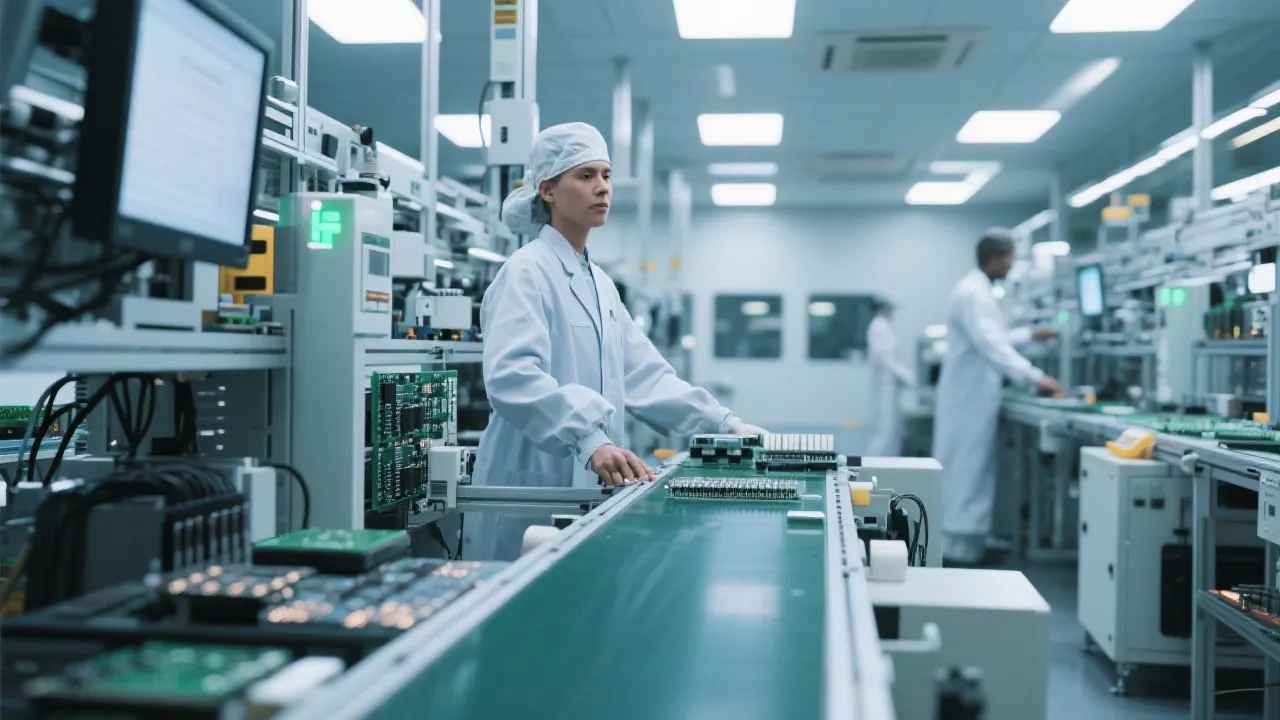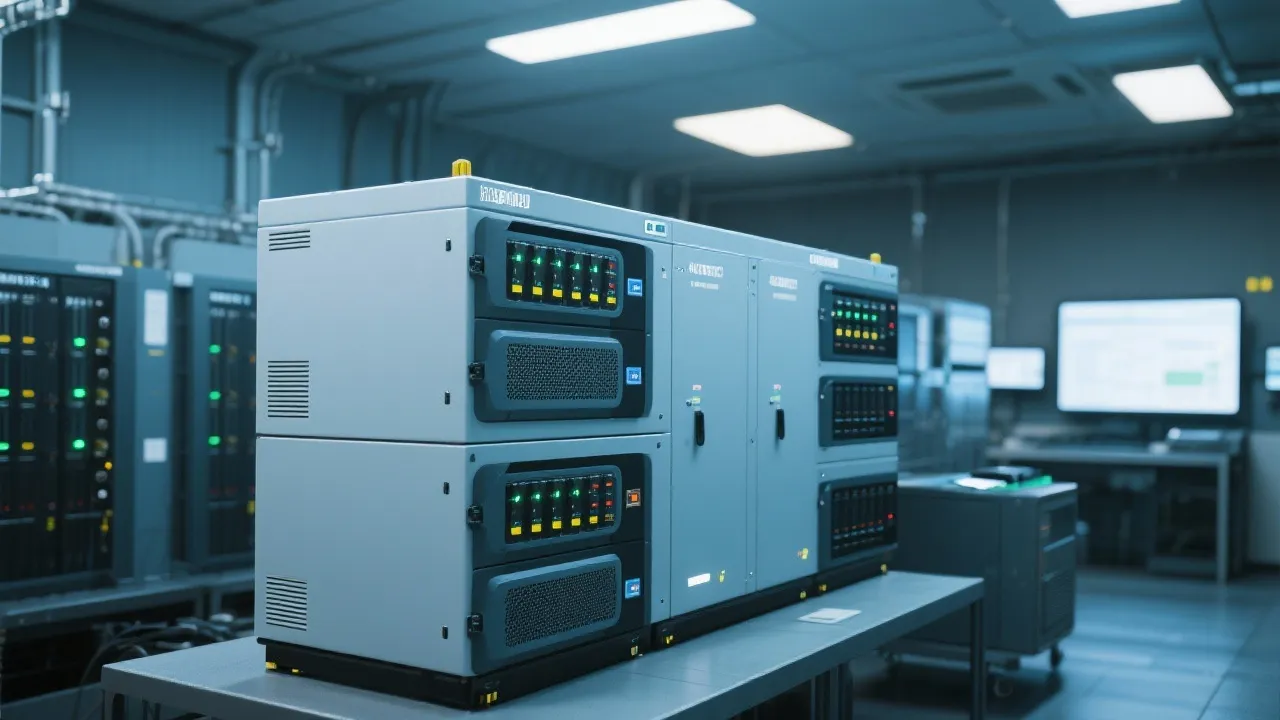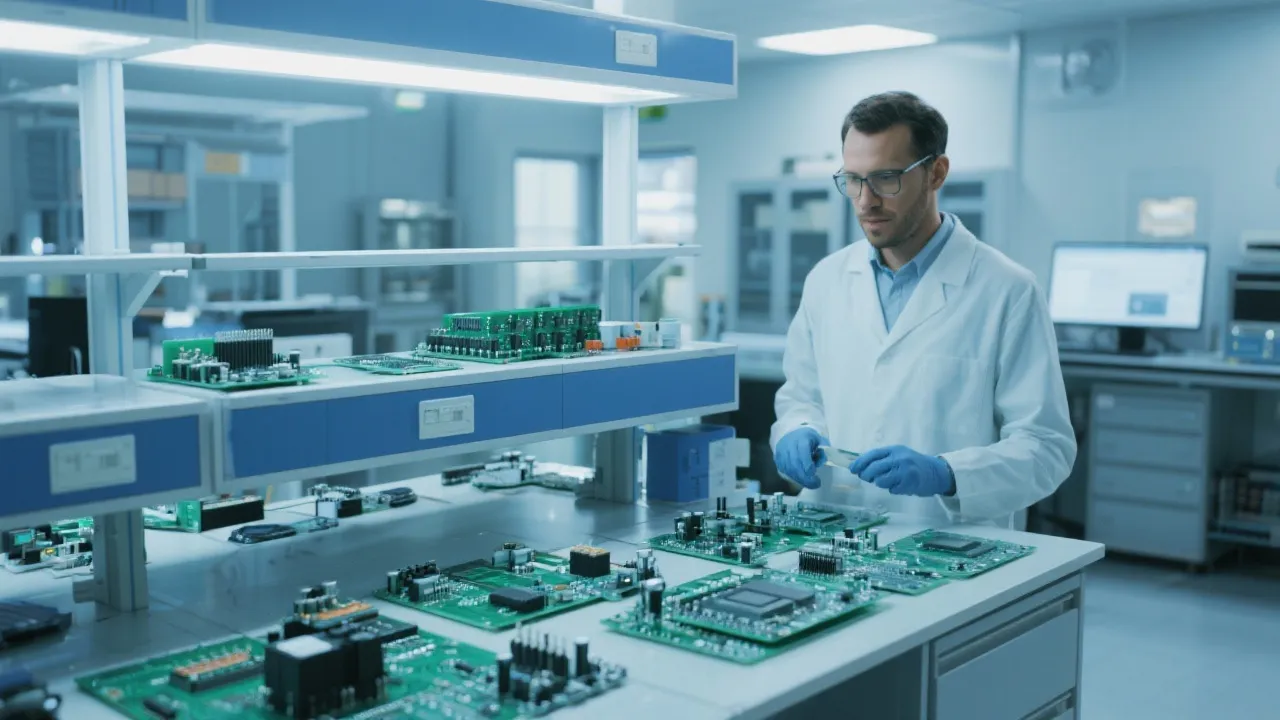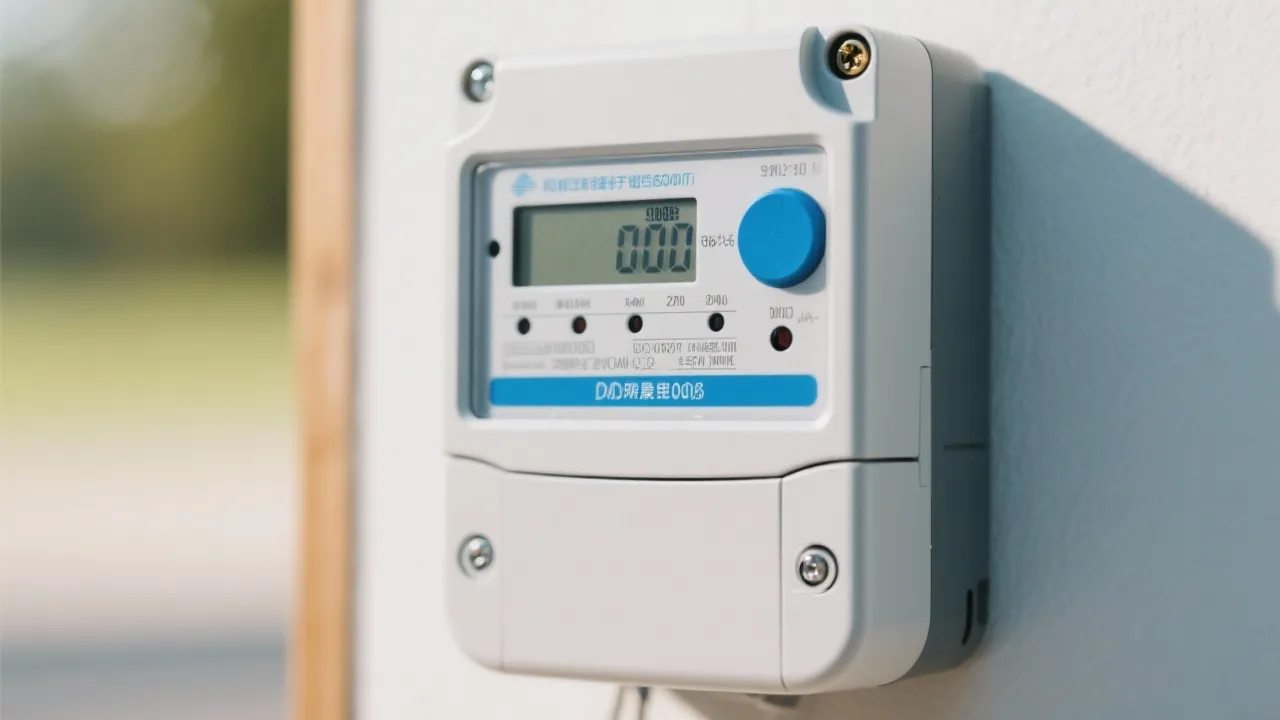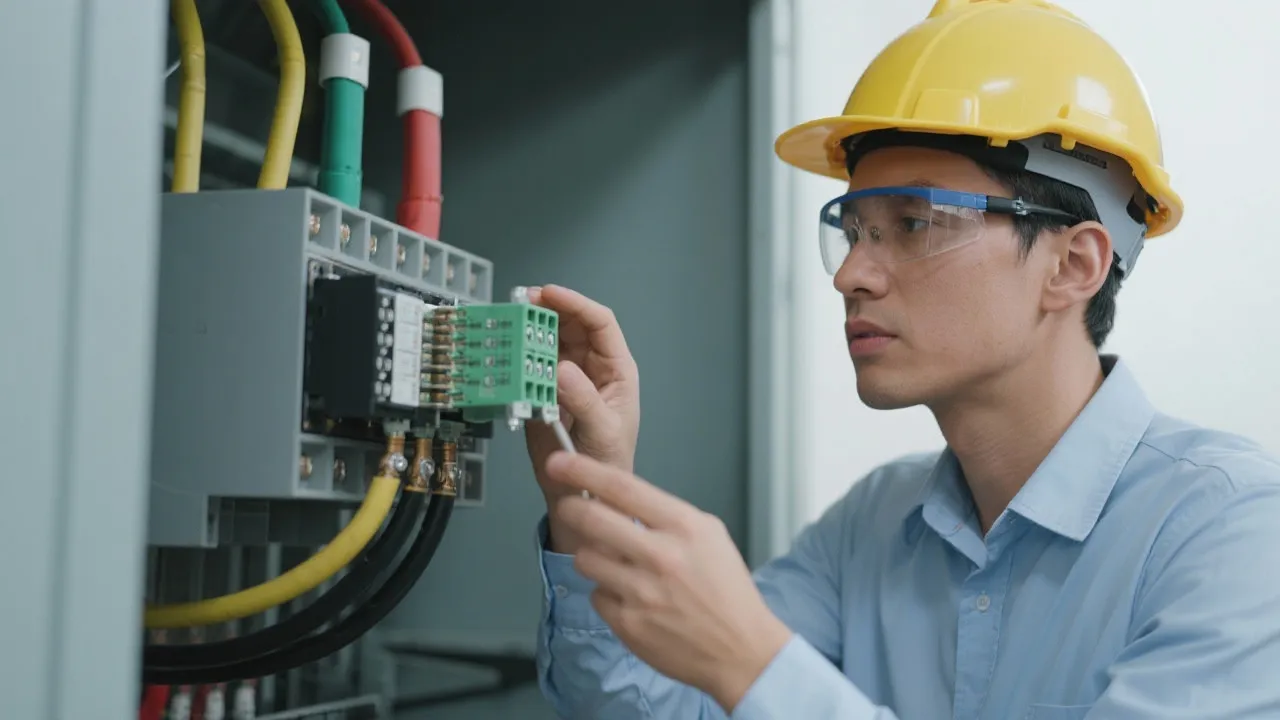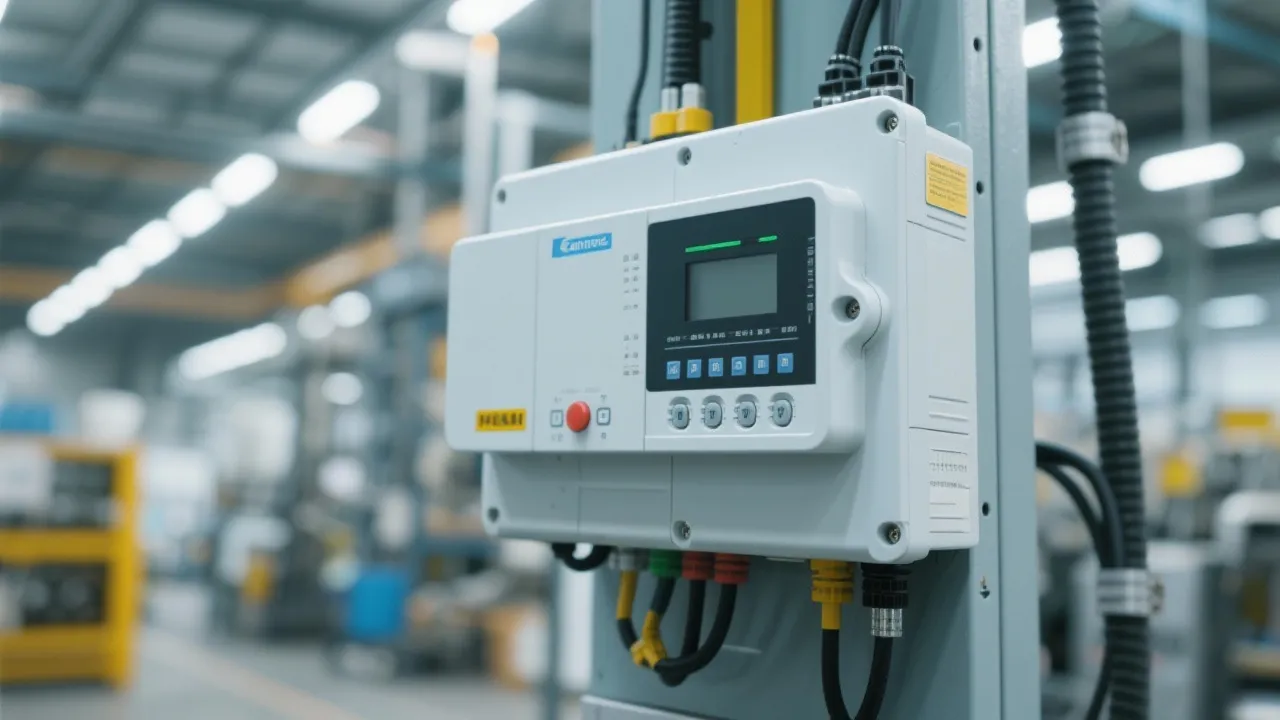Understanding the Agilent 5977B System
This article delves into the Agilent 5977B, a cutting-edge mass spectrometer offering precision in gas chromatography. Renowned for its high sensitivity and reliability, the Agilent 5977B is a benchmark in analytical laboratories globally. This expert analysis explores its features, applications, and advantages, highlighting its role in modern scientific research.
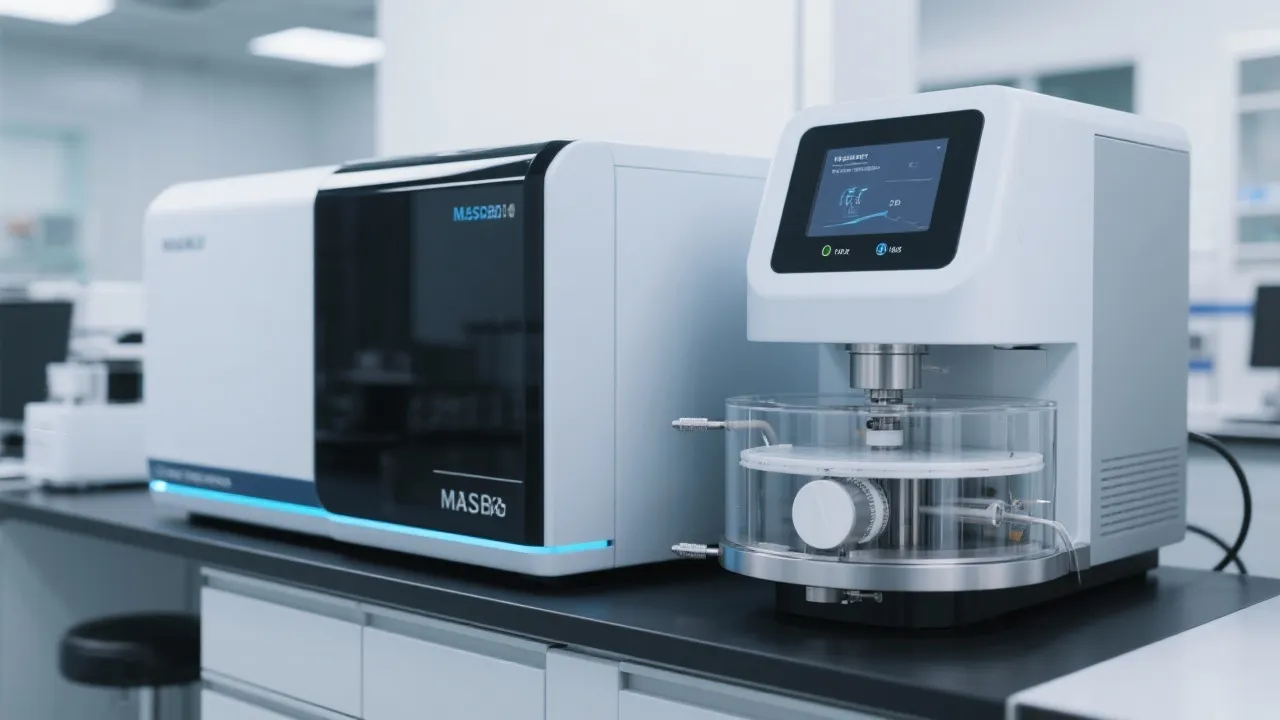
Introduction to the Agilent 5977B
The Agilent 5977B is a sophisticated gas chromatography mass spectrometer (GC/MS) designed for high-performance analytical chemistry applications. Known for its robust and sensitive detection capabilities, the Agilent 5977B plays a critical role in both academic research and industrial settings across various fields, including environmental analysis, pharmaceuticals, and food safety. This state-of-the-art instrument is the culmination of decades of innovation and refinement, providing researchers with unparalleled performance and reliability.
The Features of Agilent 5977B
The Agilent 5977B is equipped with an array of advanced features that set it apart from other mass spectrometers. One notable feature is its High-Efficiency Source (HES), which allows unprecedented sensitivity levels, improving detection limits significantly in complex sample matrices. This ensures that users can detect and quantify compounds at trace levels, providing essential data required for impactful and accurate analyses. Additionally, the 5977B includes an enhanced electron impact source that further increases ionization efficiency, resulting in improved response for a wide range of compounds.
Another significant feature is the Agilent Jet Clean technology, which minimizes contamination and enhances instrument uptime. By employing a built-in ion source cleaning mechanism, the Agilent 5977B reduces the need for frequent maintenance, allowing for longer continuous operation and less downtime. This is particularly beneficial in high-throughput laboratories that require consistent and reliable performance.
The 5977B also integrates seamlessly with Agilent's sophisticated software platforms, such as the MassHunter, which streamlines data analysis and interpretation. The software offers intuitive navigation, comprehensive reporting tools, and advanced data processing capabilities that facilitate quick decision-making. The ability to manage complex datasets with ease and accuracy not only enhances the user's experience but also increases overall laboratory productivity.
Applications of Agilent 5977B
Due to its versatile nature, the Agilent 5977B finds applications across a broad spectrum of scientific disciplines. In environmental laboratories, it helps in monitoring organic pollutants and pesticides, ensuring compliance with environmental regulations. This capability is essential for environmental agencies looking to track contamination sources and assess public health risks associated with pollutants.
In the pharmaceutical industry, it aids in drug development and purity tests, ensuring that medications are safe and effective. The ability to identify impurities and degradation products during the research and development phase significantly impacts the time to market for new drugs. By maintaining strict quality control through the analytical capabilities of the 5977B, pharmaceutical companies can uphold their commitment to consumer safety and regulatory compliance.
Additionally, in the food industry, it is used to detect contaminants and verify food quality, protecting public health. The instrument's sensitivity allows for the detection of even minor quantities of harmful substances such as pesticides, mycotoxins, and other potential foodborne pathogens. As food safety regulations become increasingly stringent globally, the role of the 5977B in ensuring food quality continues to gain importance.
The Agilent 5977B is also relevant in forensic laboratories, where its ability to analyze complex matrices plays a critical role in criminal investigations. From detecting drugs of abuse to identifying trace evidence, the instrument is a valuable asset for law enforcement agencies striving to solve cases accurately and efficiently. The technology has also extended into the field of clinical diagnostics, aiding in the analysis of biological samples to detect diseases and metabolic disorders.
Comparison Table: Agilent 5977B vs. Other GC/MS Systems
| Feature | Agilent 5977B | Other GC/MS Systems |
|---|---|---|
| Sensitivity | Highly sensitive with HES | Varies, generally less sensitive |
| Application Range | Wide, including environmental and pharmaceutical | Limited by sensitivity and specificity |
| Ease of Use | User-friendly interface and software | Varies, may require more specialized training |
| Maintenance | Reduced maintenance with Agilent Jet Clean technology | Often more frequent maintenance required |
| Data Analysis | Integrated with MassHunter for seamless data management | Data handling capabilities vary; can be cumbersome |
FAQs
- What makes the Agilent 5977B unique?
Its High-Efficiency Source (HES) enhances sensitivity levels, allowing for the detection of trace amounts of various substances. This design dramatically improves performance when analyzing challenging samples, making it a preferred choice in demanding analytical environments. - In which industries is the Agilent 5977B prominently used?
It is widely used in environmental, pharmaceutical, food safety, forensics, and clinical diagnostics fields. The instrument's versatility makes it suitable for an extensive range of applications, helping researchers and analysts across different sectors. - How does the Agilent 5977B improve laboratory workflow?
Its streamlined design and user-friendly software reduce downtime and increase operational efficiency. The advanced automation features minimize manual intervention, allowing laboratory personnel to focus on analysis rather than instrument management. - What are the maintenance requirements for the Agilent 5977B?
Regular calibrations and cleaning are essential to maintain optimal performance. Agilent provides detailed maintenance guidelines in their manuals. Use of inbuilt utilities for self-diagnosis can further enhance reliability and minimize repair time. - Can the Agilent 5977B be used for non-targeted analyses?
Yes, the instrument can efficiently perform non-targeted analysis to identify unknown compounds in complex samples. Its advanced data processing capabilities allow for discovery and quantification of unexpected contaminants or metabolites.
Technological Advancements in GC/MS
The landscape of gas chromatography mass spectrometry has evolved significantly over the years, driven by technological advancements aimed at improving sensitivity, speed, and accuracy. The Agilent 5977B embodies these changes, integrating cutting-edge technologies that enhance its overall performance. In recent years, advancements in ionization techniques, such as atmospheric pressure chemical ionization (APCI) and desorption electrospray ionization (DESI), have further expanded the capabilities of GC/MS by enabling the analysis of a broader array of compounds, including thermally labile materials and large biomolecules.
Enhanced mass analyzers, such as quadrupole and time-of-flight (TOF) systems, have also improved the resolution and accuracy of mass measurements. These advancements allow for better differentiation between similar compounds and more precise quantification, critical for applications in both research and compliance testing. For example, the integration of TOF detection with GC/MS provides accurate mass determination, allowing for the confident identification of unknowns and is particularly beneficial in complex mixtures.
The future of GC/MS is also leaning towards miniaturization and the development of field-portable units. These innovations allow for on-site analysis, dramatically reducing the time from sampling to results, which is pivotal in environmental monitoring and emergency response scenarios.
Advantages of Using Agilent 5977B in Research and Industry
The advantages of the Agilent 5977B extend beyond its technical specifications. Its use in research and industry is reinforced by several additional factors that enhance its value proposition:
- Reproducibility: Consistency is key in scientific measurements. The Agilent 5977B's robust construction and design minimize variability, ensuring that results can be replicated across different experiments and laboratories. This level of reproducibility is crucial for regulatory compliance and scientific publication.
- Accessibility: With user-friendly controls and comprehensive training resources, the Agilent 5977B is accessible even to those new to GC/MS technologies. This democratization of advanced scientific tools encourages broader usage and innovation within labs.
- Integration with Lab Workflows: The flexibility of the Agilent 5977B allows it to adapt to various laboratory workflows, including routine analysis, method development, and research projects. This versatility can lead to improved efficiencies and reduced costs.
- Continuous Support and Innovation: Agilent Technologies provides ongoing support and software updates, ensuring that users can leverage the latest advancements in analytical techniques and maintain optimal operational efficiency.
The Importance of Training and User Competence
While the Agilent 5977B offers a user-friendly interface and automated features, proper training is crucial to maximize its potential effectively. Understanding the principles of GC/MS, as well as the intricacies of sample preparation, instrument calibration, and interpretation of results, is essential for any user. Agilent provides extensive training opportunities that encompass both theoretical knowledge and practical experience. These programs are tailored for different user competencies, ranging from novice users to advanced practitioners.
Training not only enhances the effective use of the instrument but also fosters a culture of safety and best practices in laboratory environments. Users educated in standard operating procedures can mitigate risks associated with the handling of hazardous materials and ensure compliance with safety regulations. Furthermore, ongoing education and participation in workshops and seminars facilitate knowledge sharing among scientists and promote innovation within the field.
Future Trends in GC/MS Technology
The future of GC/MS technology, including instruments like the Agilent 5977B, is poised for further advancements that will enhance analytical capabilities. One key trend is the increasing integration of artificial intelligence (AI) and machine learning to analyze vast datasets more efficiently. These technologies can identify patterns in complex data, predict trends, and even assist in the discovery and characterization of new compounds. As these technologies mature, they will open new frontiers in both research and industry applications, enabling scientists to gain deeper insights and improve decision-making processes.
Another important trend is the continued emphasis on sustainability in scientific analysis. As environmental concerns rise, there is a push towards greener analytical practices, including reducing solvent use and decreasing energy consumption. Innovations within GC/MS systems are moving towards optimizing operations to support sustainable laboratory environments while maintaining high-quality results.
Finally, the expansion of interoperability among analytical instruments aligns with the growing trend towards integrated laboratory systems. Future GC/MS instruments will likely feature improved connectivity with other analytical techniques, such as liquid chromatography (LC) and nuclear magnetic resonance (NMR), enabling comprehensive analysis of complex samples through a single, streamlined workflow.
Conclusion
In conclusion, the Agilent 5977B sets the standard for GC/MS systems with its exceptional sensitivity, broad range of applications, and user-friendly operations. Its technological advancements and robust features cater to the needs of today’s researchers and industry professionals, making it an invaluable tool for scientists striving to push the boundaries of analysis and discovery. Continuous improvements in GC/MS technology promise exciting possibilities for the future, which will enhance the accuracy and efficiency of analytical chemistry, ultimately supporting safer and healthier communities worldwide.





